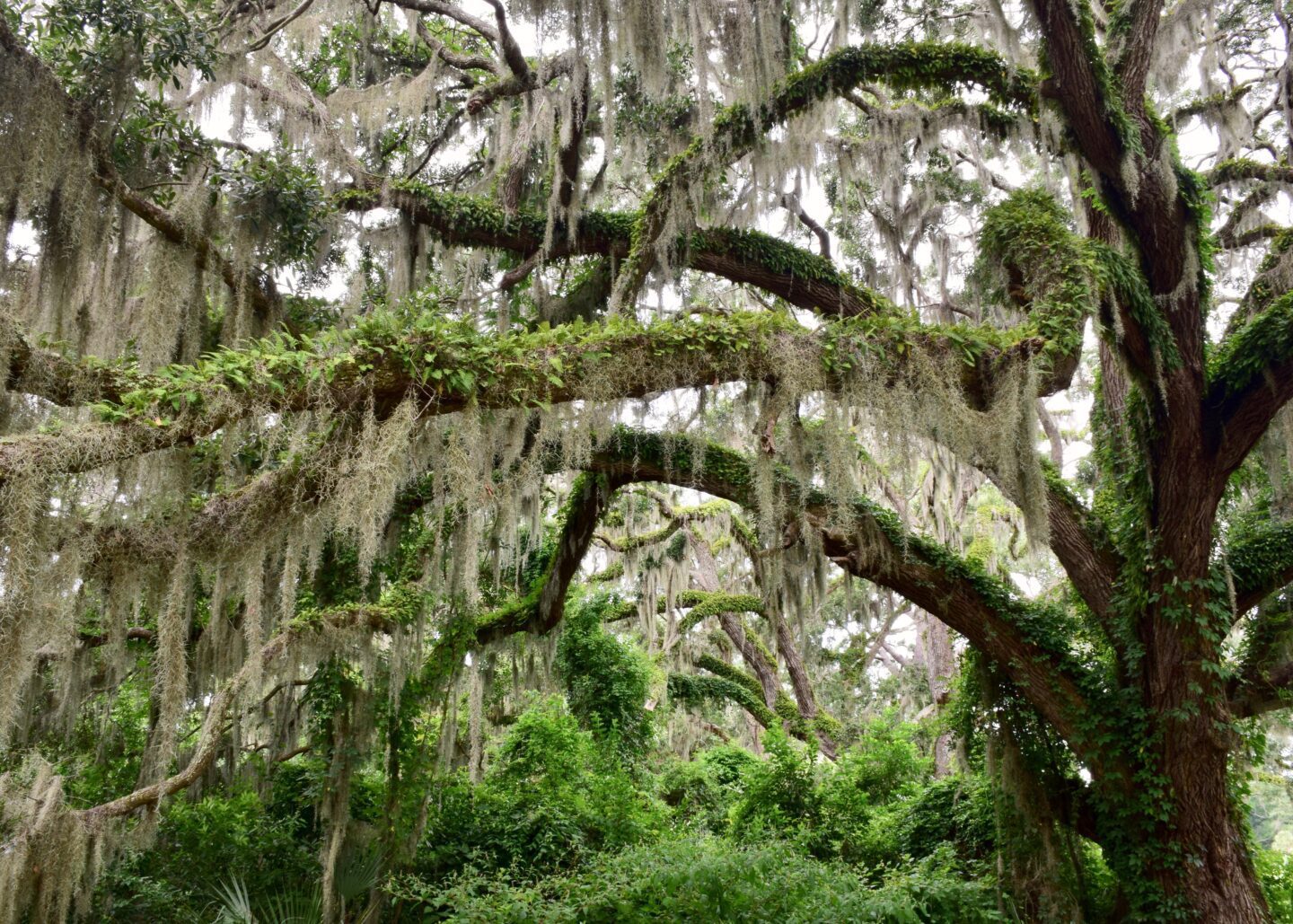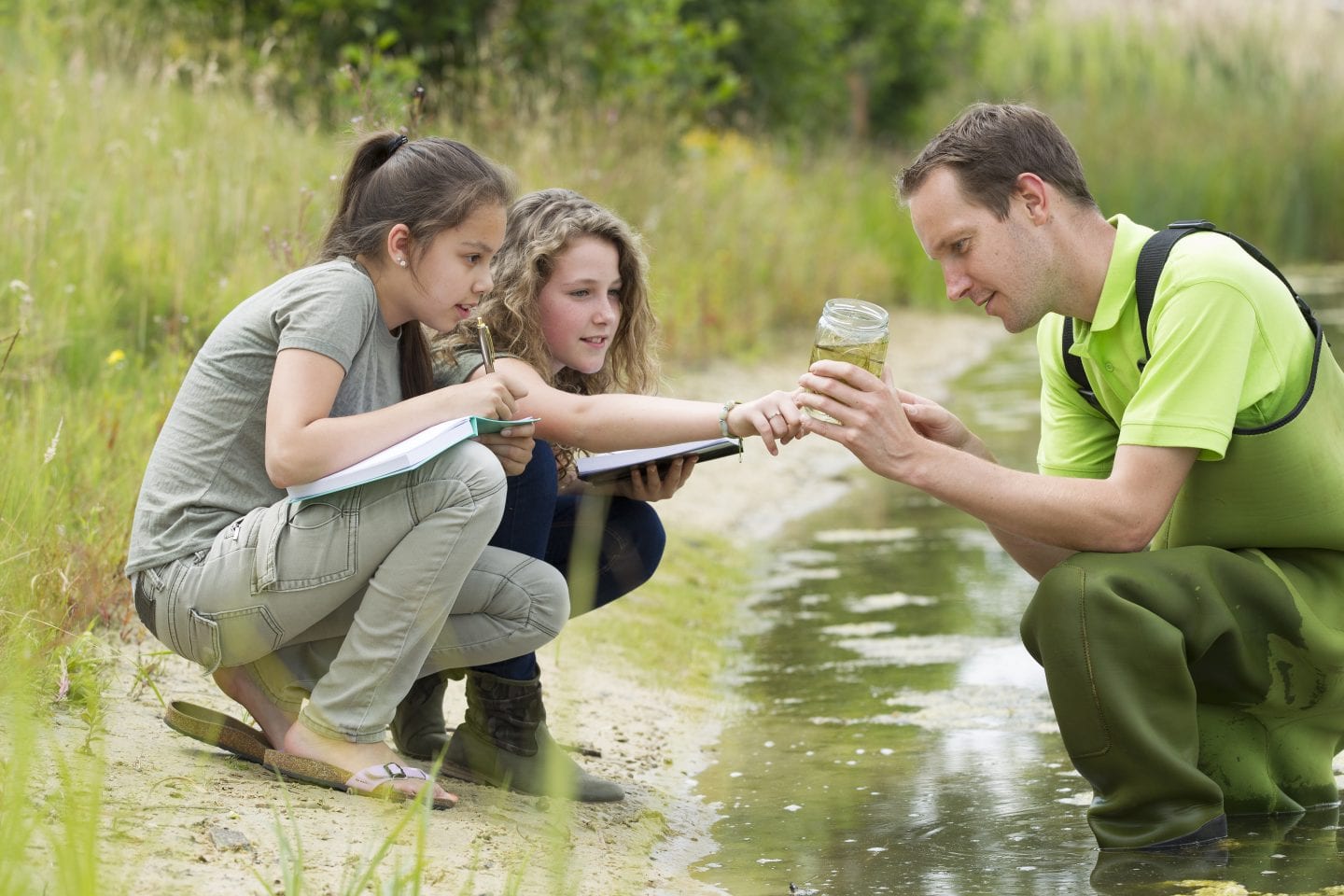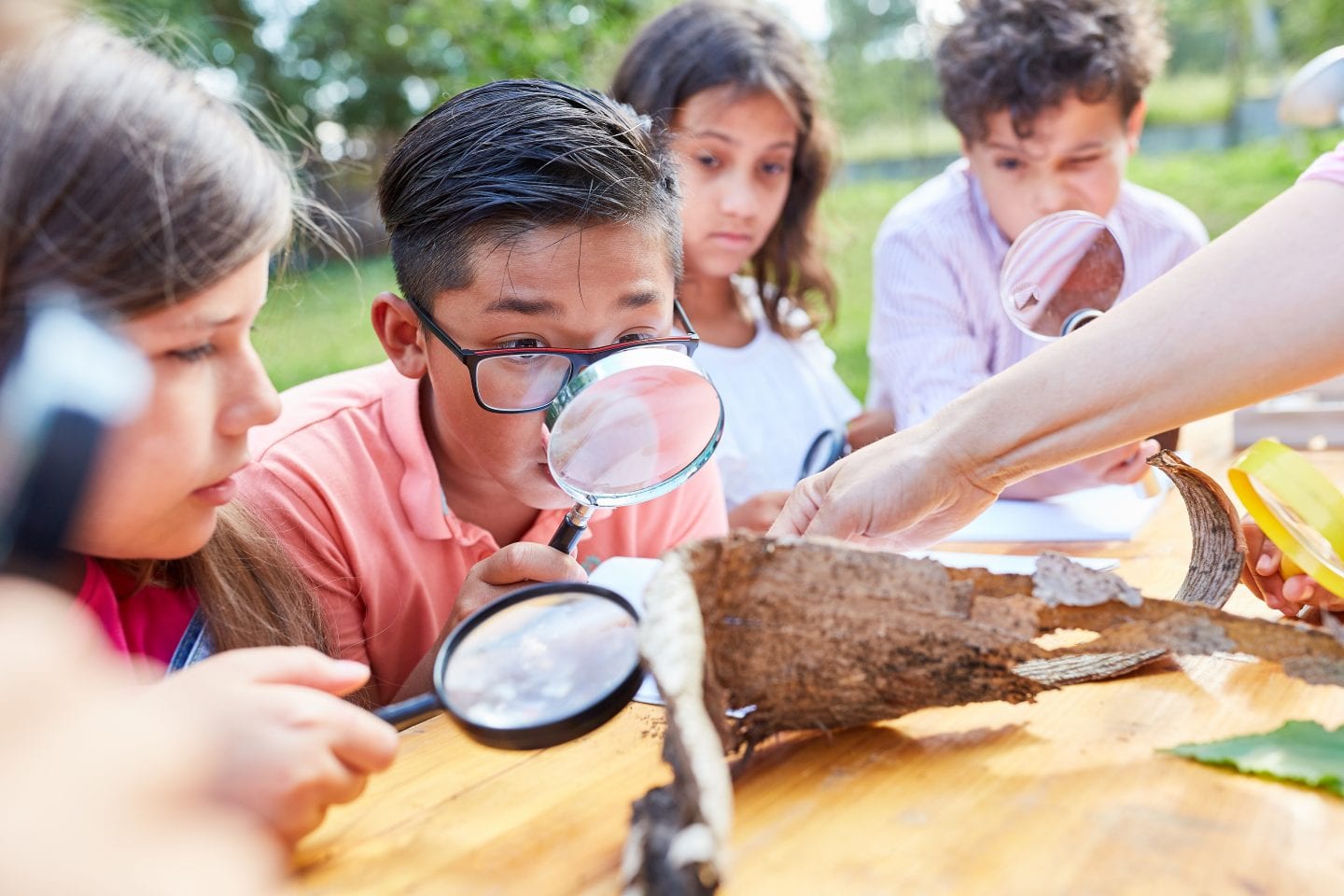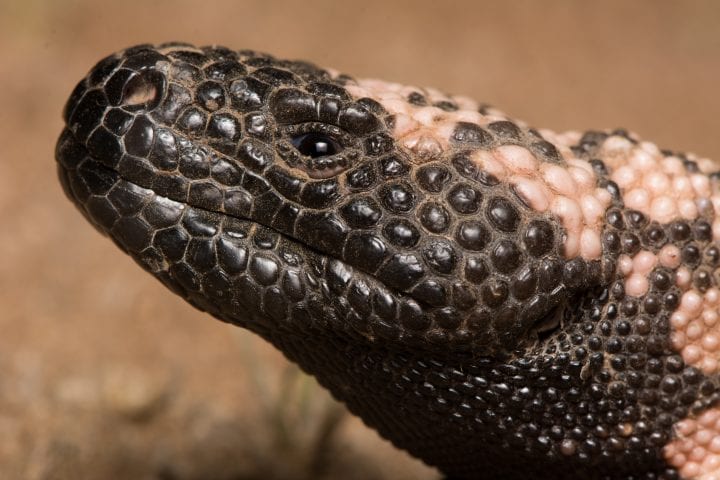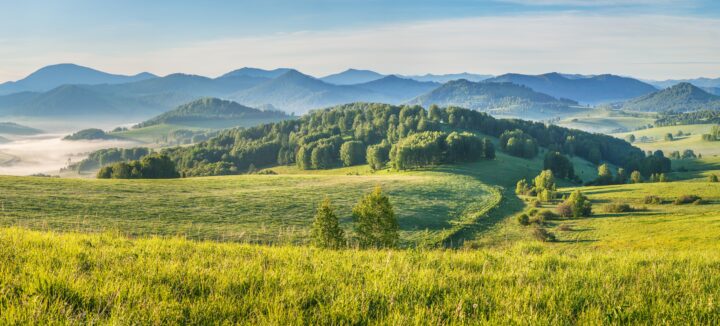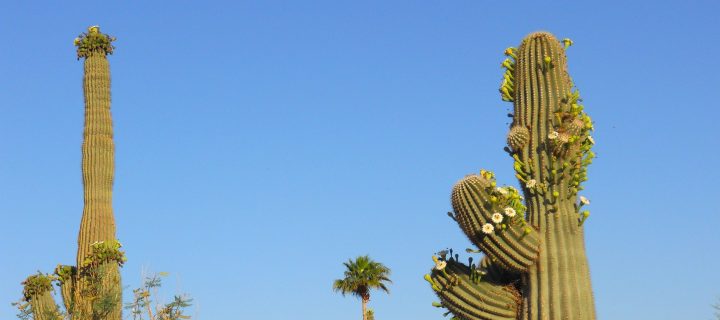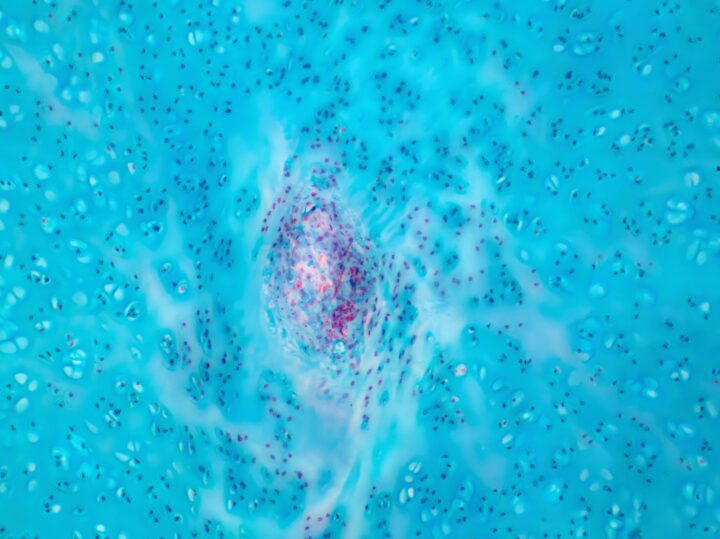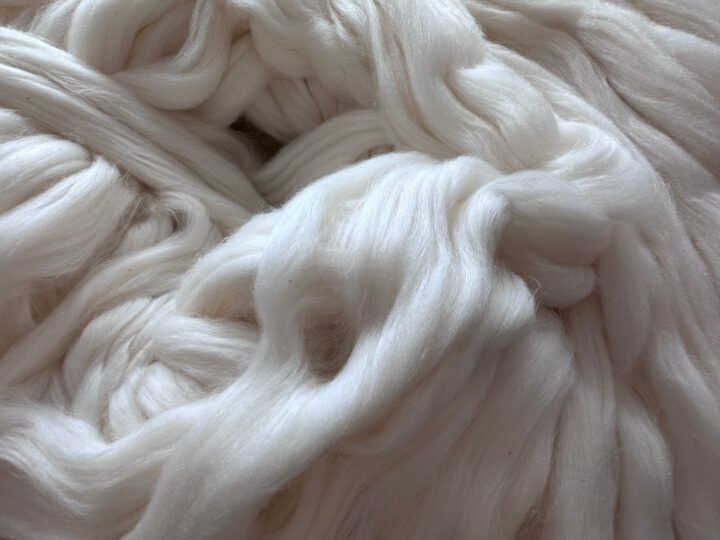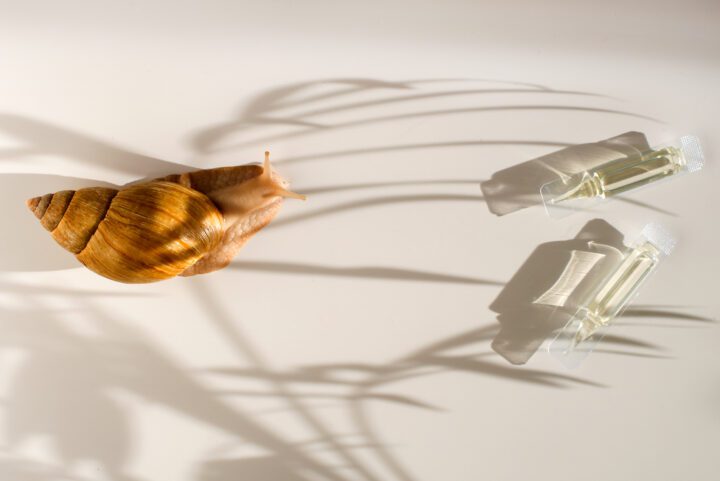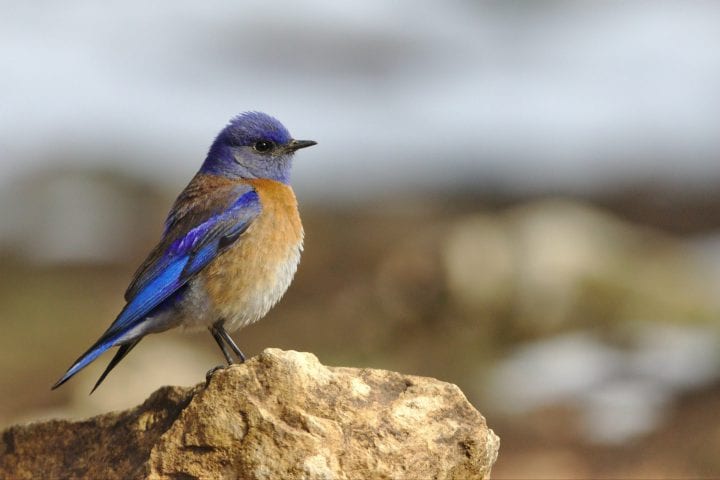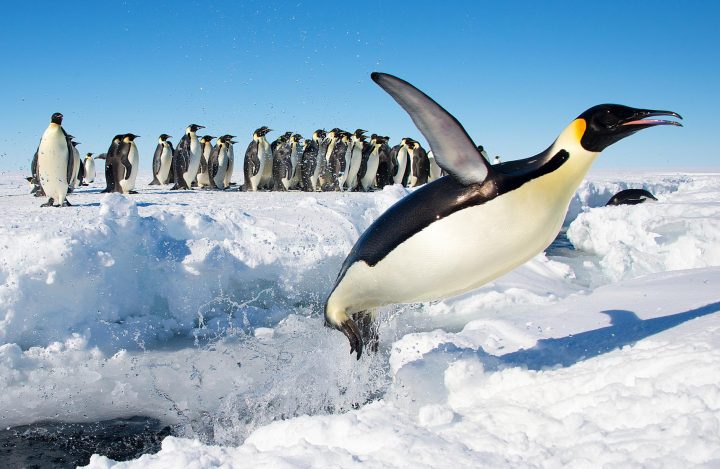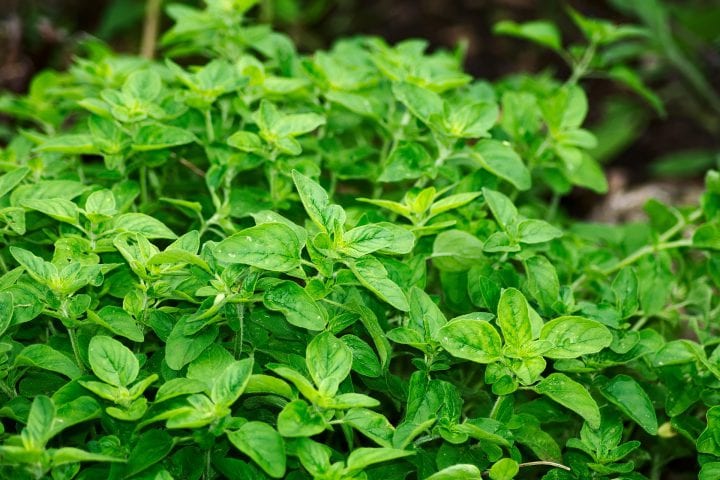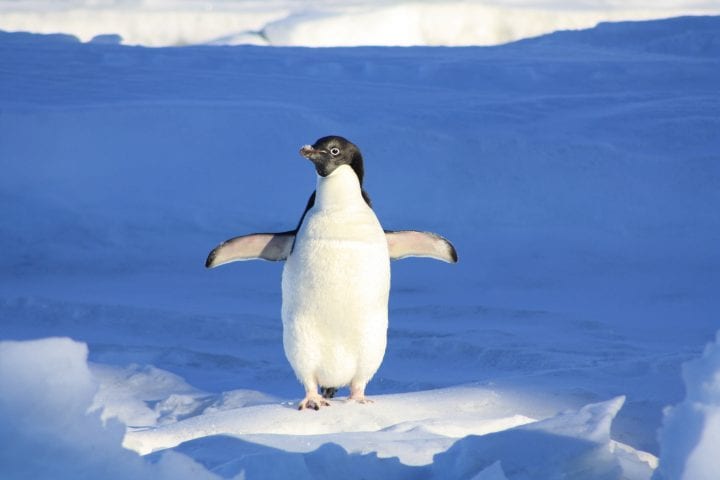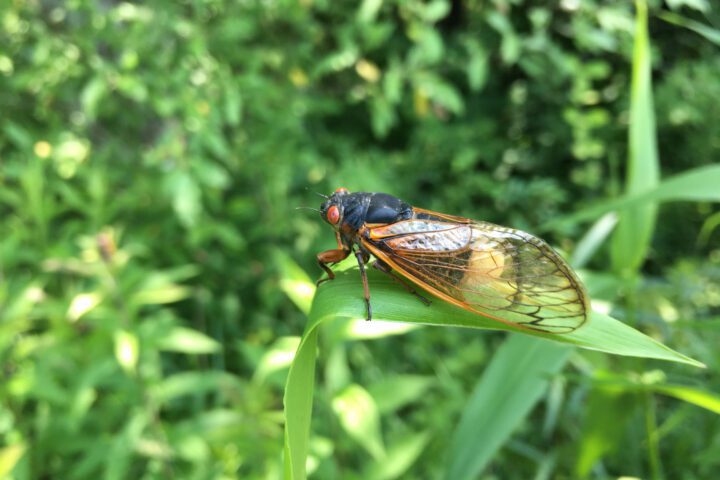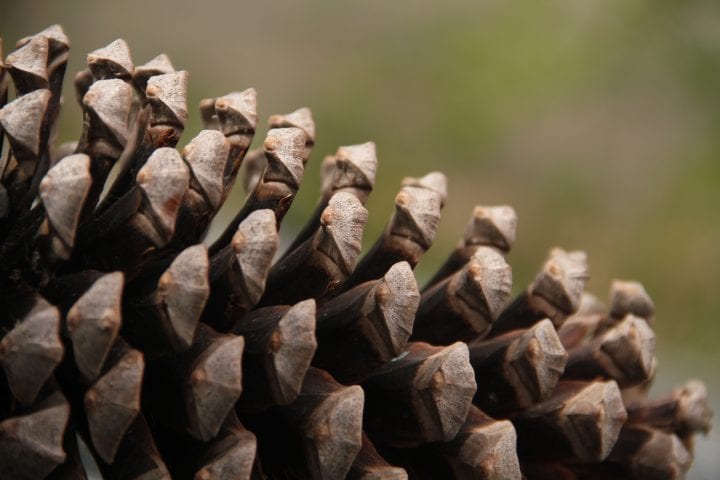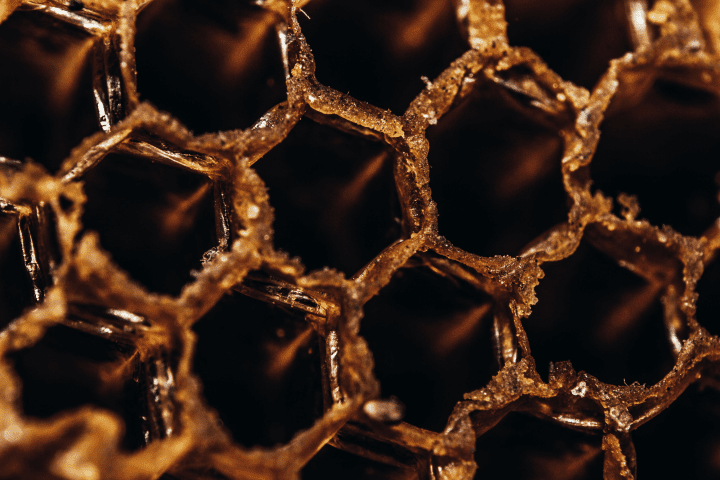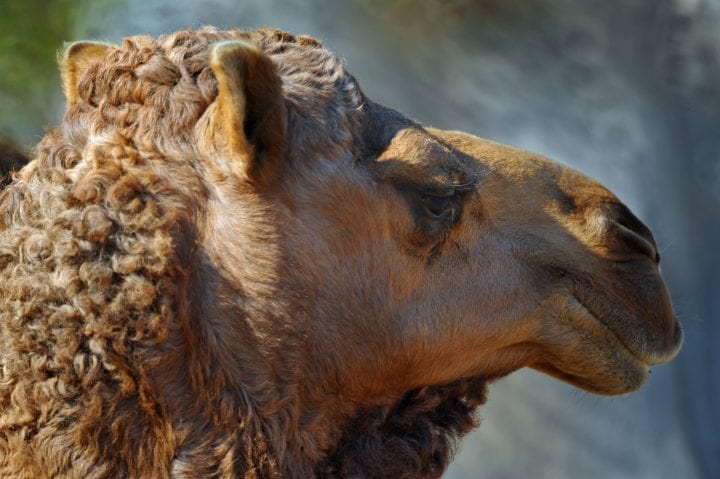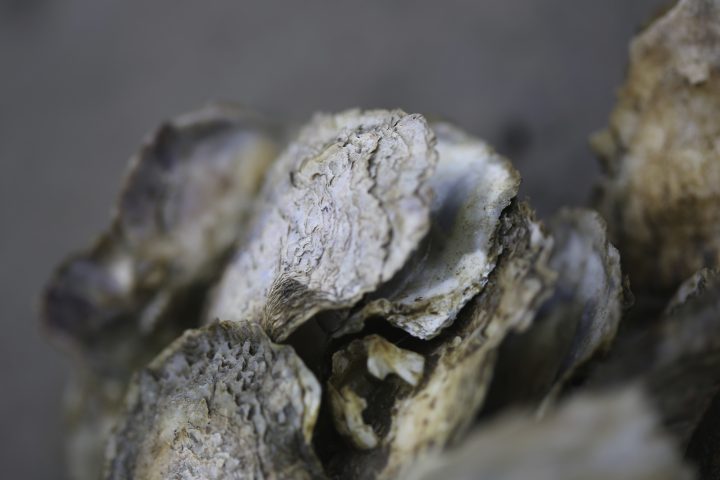
How does nature ...
produce color?
Humanity faces many challenges. Nature holds
solutions. To discover them, all we have to do is
ask. Begin your search here, or explore featured
content below to learn from other species'
successful strategies and adaptations.
Collections
Nature is more than the sum of its parts. Explore the connections between individual biological strategies, innovations, or educational resources as leading thinkers, scientists, artists, and others reflect on unifying themes in biomimicry.
Wild Ideas: The Biomimicry of Saguaro National Park
National Parks protect more than scenery––they ensure that large, intact webs of life persist. And those can be a limitless source of inspiration for biomimics.
Join Our New Community!
We can go farther and do more together. Become a founding member of the AskNature Hive, our new community of biologists, designers, educators, and others, engaging in live conversations and new collaborations, and support the work of the Biomimicry Institute.
Ray of Hope Accelerator Gallery
The Ray of Hope Accelerator supports nature-inspired solutions addressing the world's biggest environmental and social challenges.
See 50+ thrilling and inspiring examples of how biomimicry is helping to put human activity in better balance with the rest of nature.
For Educators
The world of the future will be designed by the students of today. AskNature has tools to help educators bring biomimicry into the classroom for a single day or for a whole school year.
Biological Strategies
We've curated more than 1700 strategies of living beings that can serve as inspiration for human innovation. Whatever challenge you're looking to address, nature can serve as your model, measure, and mentor.
Innovations
AskNature’s innovation database makes it easy to explore hundreds of products and design solutions inspired by nature's genius and the workings of living organisms.
Top Pages for Spring 2025
See what has been top of mind for AskNature visitors so far this year.



